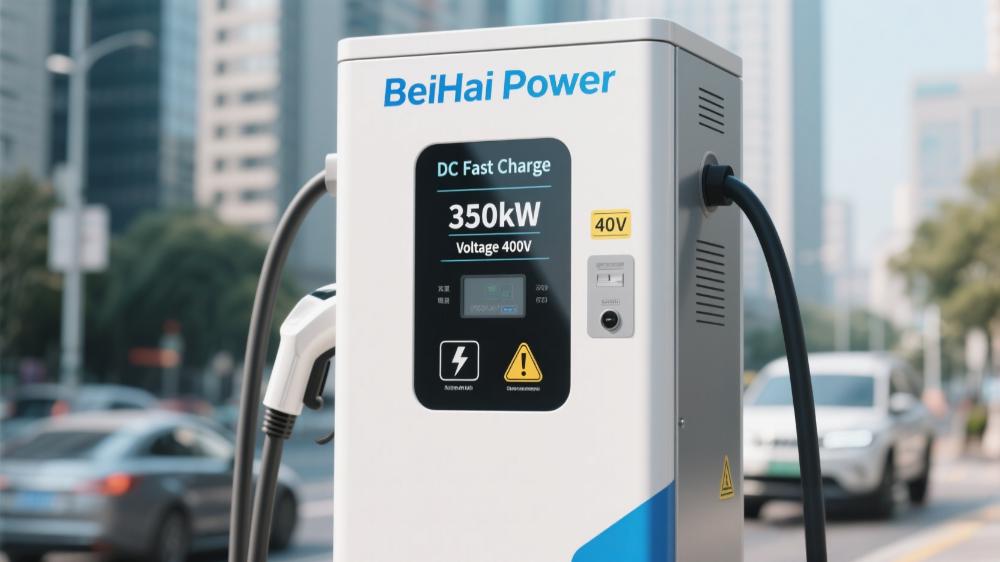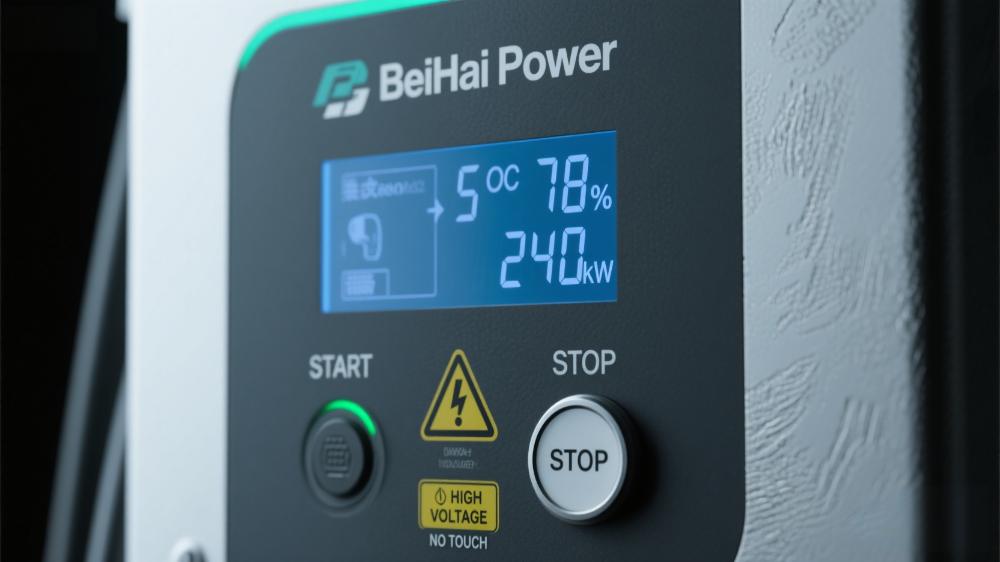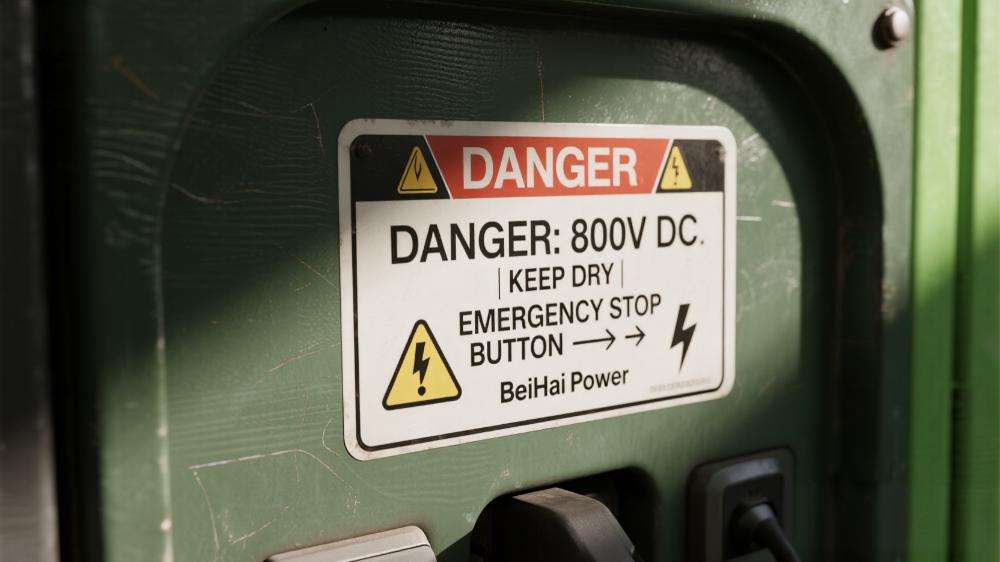Do the dense icons and parameters on the charging pile confuse you? In fact, these logos contain key safety tips, charging specifications, and device information. Today, we will comprehensively analyze the various logos on the ev charging pile to make you safer and more efficient when charging.
Common identification classification of charging piles
The logos on charging stations are mainly divided into the following categories:
- Charging interface type (GBE, EU, American, etc.)
- Voltage/Current Specifications (220V, 380V, 250A, etc.)
- Safety warning signs (high pressure hazard, no touching, etc.)
- Charging status indication (charging, faulty, standby, etc.)
1. Charging interface identification
Charging interface standards vary from country to country and model, and the common ones are:
(1) Domestic mainstream charging interface
| Interface type | Applicable models | Maximum power | peculiarity |
| GB/T 2015 (National Standard) | BYD, NIO, Xpeng, XiaoMi, etc | 250kW (DC) | China unified standards |
| Type 2 (European standard) | Tesla (imported), BMW i series | 22kW (AC) | Common in Europe |
| CCS2 (Fast Charging) | EQ Volkswagen ID series, Mercedes-Benz EQ | 350kW | European standard fast charging |
| CHAdeMO (Daily Standard) | Leaf Nissan Leaf | 50kW | Japanese standard |
How to recognize?
- National standard DC fast charging: 9-hole design (the top 2 large holes are DC positive and negative poles)
- National standard AC slow charging: 7-hole design (compatible with 220V/380V)
2. Voltage/current specification identification
Common power parameters on ev charging stations directly affect charging speed:
(1) AC slow charging pile (AC)
- 220V single-phase: 7kW (32A)→ mainstream household piles
- 380V three-phase: 11kW/22kW (supported by some high-end models)
(2) DC fast charging pile (DC)
- 60kW: Early old piles, slower charging
- 120kW: Mainstream fast charging, charging to 80% in 30 minutes
- 250kW+: Supercharging station (such as Tesla V3 supercharging)
Example identity interpretation:
DC 500V 250A → Maximum power = 500×250 = 125kW
3. Safety warning signs
The danger warning signs on the electric car charging station must be paid attention to!
| icon | meaning | Notes: |
| High-voltage lightning | High pressure hazard | Wet hand operation is prohibited |
| Flame sign | High temperature warning | Do not cover the heat sink while charging |
| No touching | Live parts | Hold the insulated handle when plugging and unplugging |
| Triangular exclamation mark | General warnings | View specific tips (e.g. malfunctions) |
4. Charging status indicator
Different colors of lights represent different states:
| Light color | state | How to deal with it |
| Green is solid | Charging | Normal charging without operation |
| Flashing blue | Standby/connected | Wait for activation or swipe |
| Yellow/orange | Warnings (e.g. too high temperature) | Pause the charging check |
| Red is always on | fault | Stop using it immediately and report for repair |
5. Other common signs
“SOC”: Current battery percentage (e.g. SOC 80%)
“kWh”: The amount charged (e.g., 25kWh charged)
“CP” signal: The communication status of the ev charger pile with the vehicle
“E-stop button”: Red mushroom head button, press to power off in case of emergency
How to use the charging pile correctly?
1. Check the interface before inserting the ev charger gun (no damage, no foreign objects)
2. Confirm that there is no alarm light on the pile (use red/yellow lights with caution)
3. Charge away from high-voltage components (especially lightning-marked areas)
4. After charging, swipe the card/APP to stop first, and then pull out the gun
Frequently Asked Questions
Q: What should I do if the charging pile shows “insulation failure”?
A: Stop charging immediately, it may be that the cable or vehicle interface is damp, and it needs to be dried or overhauled.
Q: Why is the charging speed of the same charging pile different for different vehicles?
A: Depending on the power request of the vehicle’s battery management system (BMS), some models will limit the current to protect the battery.
Q: The charging cable is locked and cannot be unplugged?
A: First confirm that the APP/card is finished charging, and some models need to unlock the door to draw the gun.
Summary of BeiHai Power smart charging
Each logo on the electric vehicle charging station has its own specific meaning, especially voltage specifications, safety warnings, and status indicators, which are directly related to charging safety and efficiency. The next time you charge, you might as well observe these signs to make your charging experience more secure!
What other signs have you encountered while charging? Welcome to leave a message to discuss!
#NewEnergyCharging #EVTech #SiC #FastCharging #SmartCharging #FutureOfEVs #Beihaipower #CleanEnergy #TechInnovation #EVCharging #ElectricVehicles #EVs #ElectricCars #ChargingSolutions #ChargingPilesPiles
Post time: Aug-12-2025







